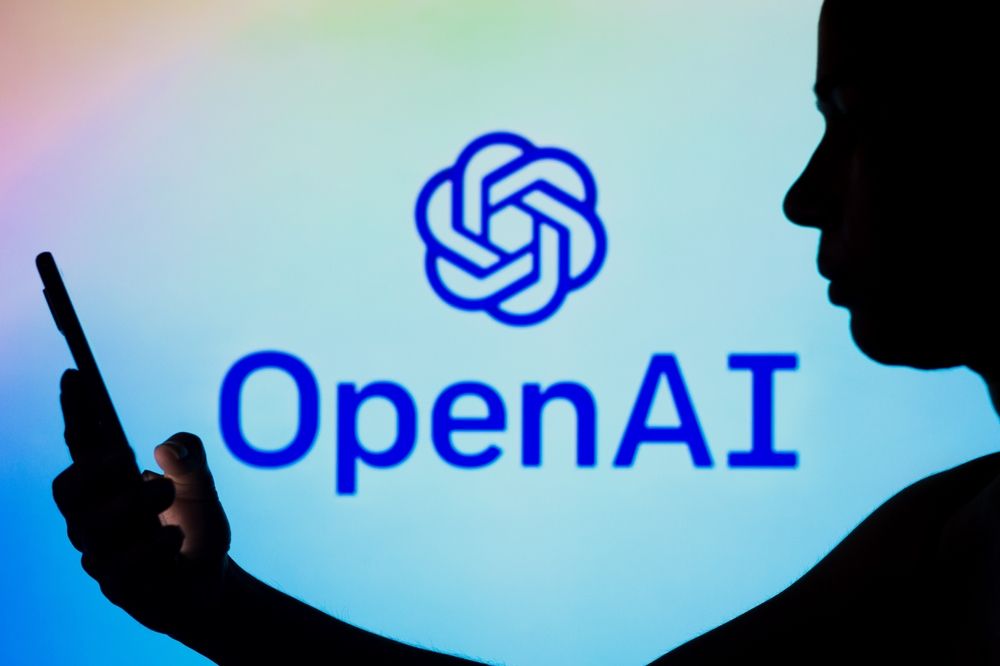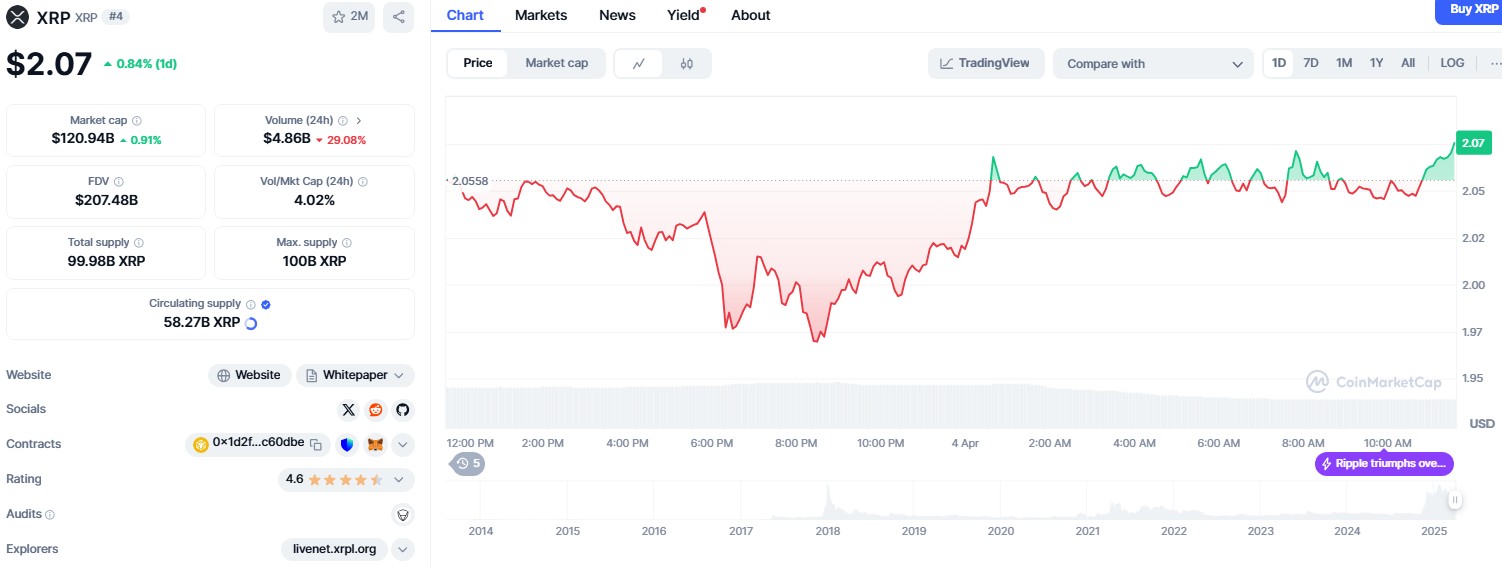Day -13: Primitive data type
Primitive data type The Java programming language is statically-typed, which means that all variables must first be declared before they can be used. This involves stating the variable's type and name, as you've already seen: int gear = 1; Doing so tells your program that a field named "gear" exists, holds numerical data, and has an initial value of "1". A variable's data type determines the values it may contain, plus the operations that may be performed on it. In addition to int, the Java programming language supports seven other primitive data types. A primitive type is predefined by the language and is named by a reserved keyword. Primitive values do not share state with other primitive values. The eight primitive data types supported by the Java programming language. **byte**: The byte data type is an 8-bit signed two's complement integer. It has a minimum value of -128 and a maximum value of 127 (inclusive). short: The short data type is a 16-bit signed two's complement integer. It has a minimum value of -32,768 and a maximum value of 32,767 int: By default, the int data type is a 32-bit signed two's complement integer, which has a minimum value of -231 and a maximum value of 231-1 long: The long data type is a 64-bit two's complement integer. The signed long has a minimum value of -263 and a maximum value of 263-1 float: The float data type is a single-precision 32-bit IEEE 754 floating point. Its range of values is beyond the scope of this discussion, but is specified in the Floating-Point Types, Formats, and Values section of the Java Language Specification double: The double data type is a double-precision 64-bit IEEE 754 floating point. Its range of values is beyond the scope of this discussion, but is specified in the Floating-Point Types, Formats, and Values section of the Java Language Specification. boolean: The boolean data type has only two possible values: true and false. char: The char data type is a single 16-bit Unicode character. It has a minimum value of '\u0000' (or 0) and a maximum value of '\uffff' (or 65,535 inclusive). Default Values default will be zero or null, depending on the data type. Relying on such default values, however, is generally considered bad programming style. The following chart summarizes the default values for the above data types. Data Type Default Value (for fields) byte 0 short 0 int 0 long 0L float 0.0f double 0.0d char '\u0000' String (or any object) null boolean false Non-primitive Data Types Non Primitive data types in Java are user-defined data types (except for String class) and they can be easily created by the users. They can be used to store multiple values and invoke methods to perform certain operations. Non primitive data types in Java, like classes and arrays, reference memory locations in the heap where objects are stored. Hence, they're called referenced data types or object reference variables, pointing to where data resides rather than storing it directly. There can be two types of data. 1) Object specific data 2) Data which are common for all objects Reference link
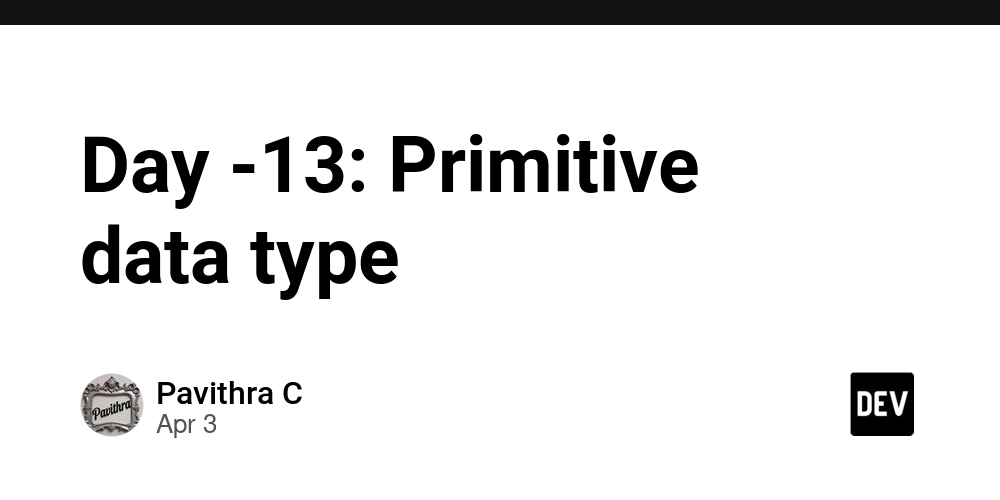
Primitive data type
The Java programming language is statically-typed, which means that all variables must first be declared before they can be used. This involves stating the variable's type and name, as you've already seen:
int gear = 1;
Doing so tells your program that a field named "gear" exists, holds numerical data, and has an initial value of "1". A variable's data type determines the values it may contain, plus the operations that may be performed on it. In addition to int, the Java programming language supports seven other primitive data types.
A primitive type is predefined by the language and is named by a reserved keyword. Primitive values do not share state with other primitive values. The eight primitive data types supported by the Java programming language.
**byte**: The byte data type is an 8-bit signed two's complement integer. It has a minimum value of -128 and a maximum value of 127 (inclusive).
short: The short data type is a 16-bit signed two's complement integer. It has a minimum value of -32,768 and a maximum value of 32,767
int: By default, the int data type is a 32-bit signed two's complement integer, which has a minimum value of -231 and a maximum value of 231-1
long: The long data type is a 64-bit two's complement integer. The signed long has a minimum value of -263 and a maximum value of 263-1
float: The float data type is a single-precision 32-bit IEEE 754 floating point. Its range of values is beyond the scope of this discussion, but is specified in the Floating-Point Types, Formats, and Values section of the Java Language Specification
double: The double data type is a double-precision 64-bit IEEE 754 floating point. Its range of values is beyond the scope of this discussion, but is specified in the Floating-Point Types, Formats, and Values section of the Java Language Specification.
boolean: The boolean data type has only two possible values: true and false.
char: The char data type is a single 16-bit Unicode character. It has a minimum value of '\u0000' (or 0) and a maximum value of '\uffff' (or 65,535 inclusive).
Default Values
default will be zero or null, depending on the data type. Relying on such default values, however, is generally considered bad programming style.
The following chart summarizes the default values for the above data types.
Data Type Default Value (for fields)
byte 0
short 0
int 0
long 0L
float 0.0f
double 0.0d
char '\u0000'
String (or any object) null
boolean false
Non-primitive Data Types
Non Primitive data types in Java are user-defined data types (except for String class) and they can be easily created by the users. They can be used to store multiple values and invoke methods to perform certain operations.
Non primitive data types in Java, like classes and arrays, reference memory locations in the heap where objects are stored. Hence, they're called referenced data types or object reference variables, pointing to where data resides rather than storing it directly.
There can be two types of data.
1) Object specific data
2) Data which are common for all objects










































































































































































![[The AI Show Episode 142]: ChatGPT’s New Image Generator, Studio Ghibli Craze and Backlash, Gemini 2.5, OpenAI Academy, 4o Updates, Vibe Marketing & xAI Acquires X](https://www.marketingaiinstitute.com/hubfs/ep%20142%20cover.png)





































































































































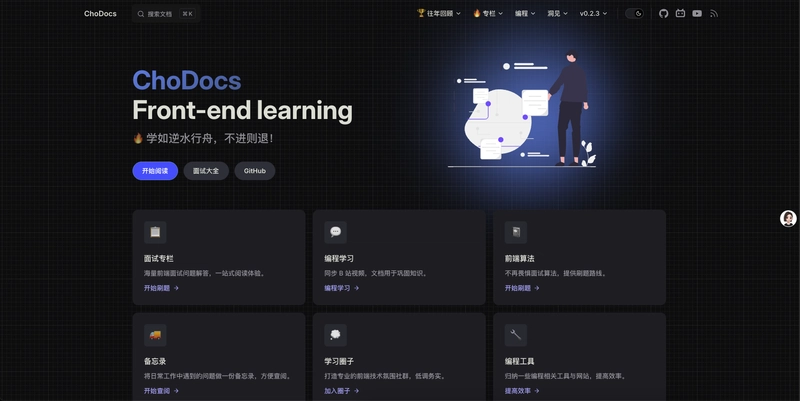










































































































.jpg?#)
















































































































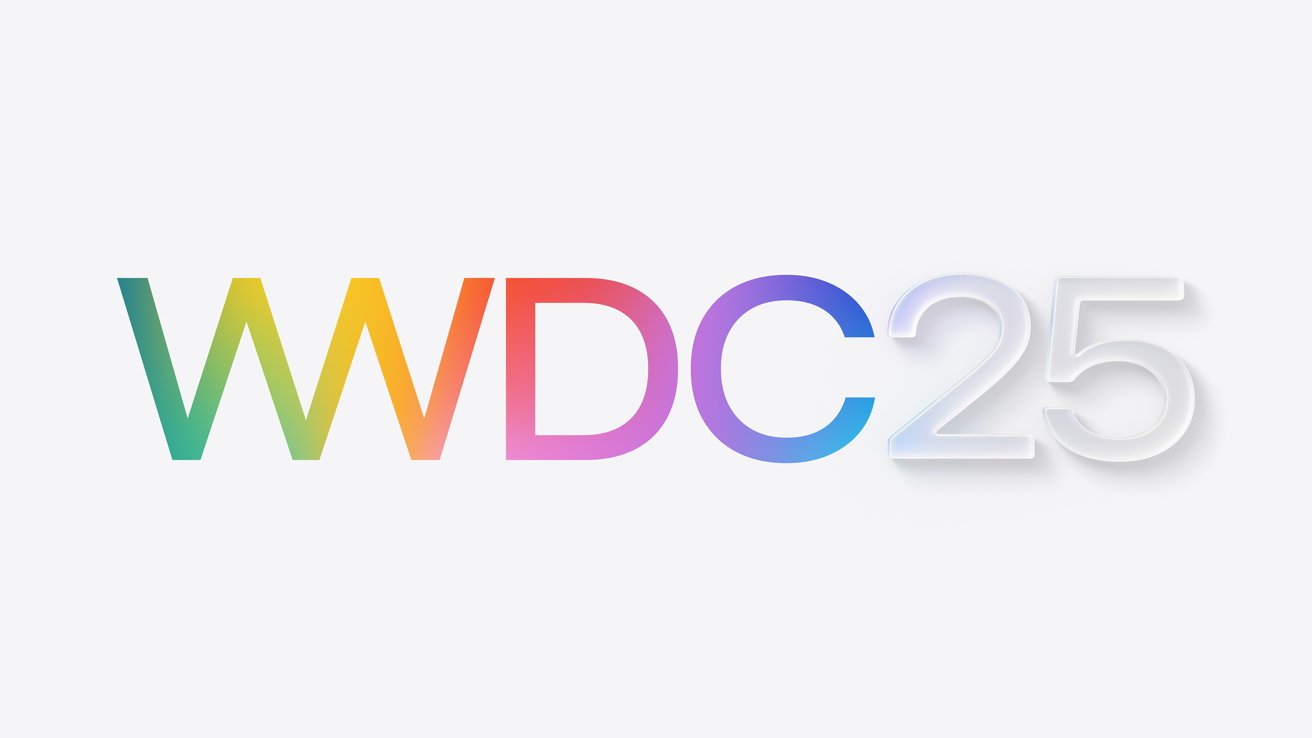







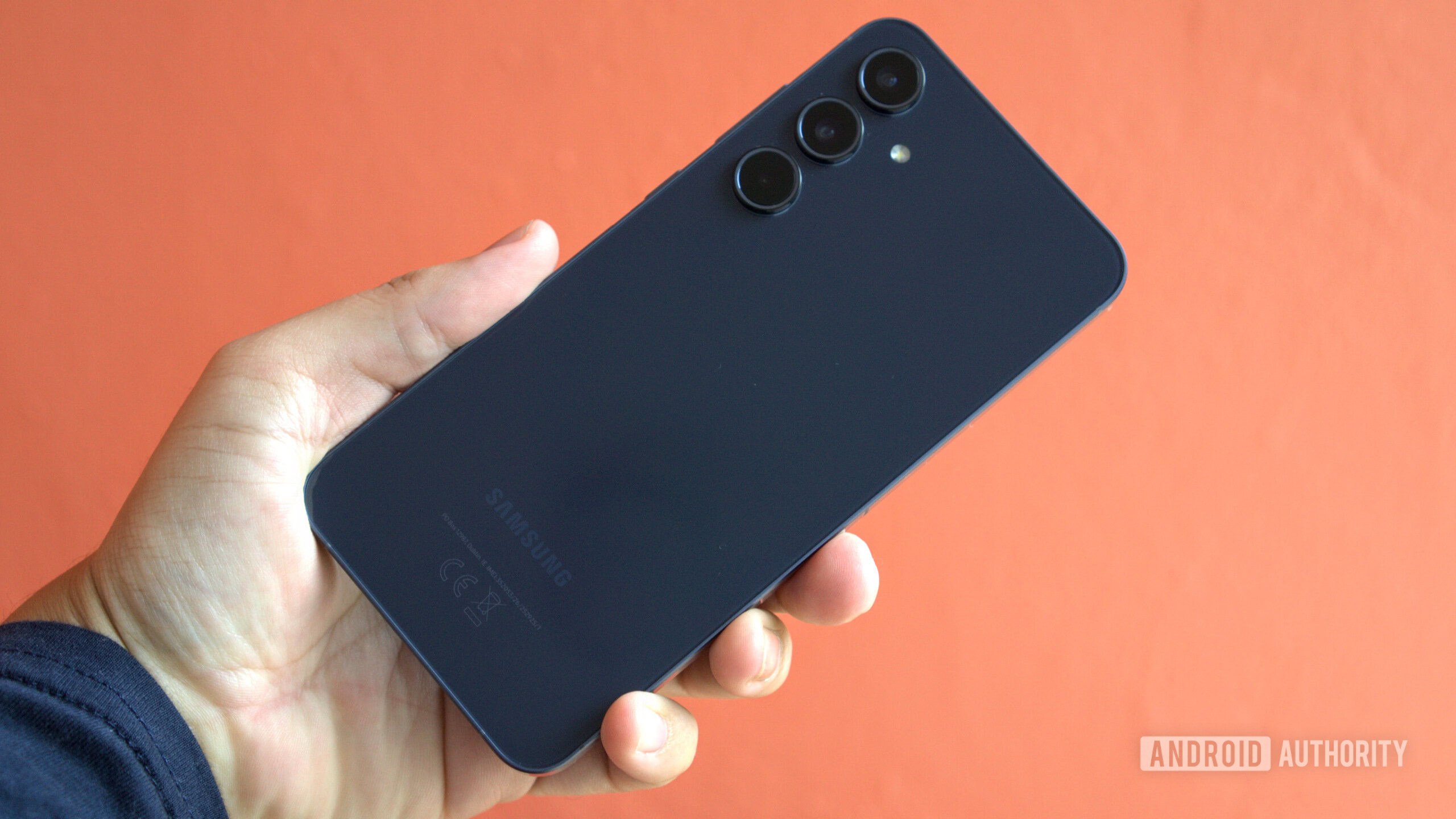




















![YouTube Announces New Creation Tools for Shorts [Video]](https://www.iclarified.com/images/news/96923/96923/96923-640.jpg)

![Apple Faces New Tariffs but Has Options to Soften the Blow [Kuo]](https://www.iclarified.com/images/news/96921/96921/96921-640.jpg)






































































